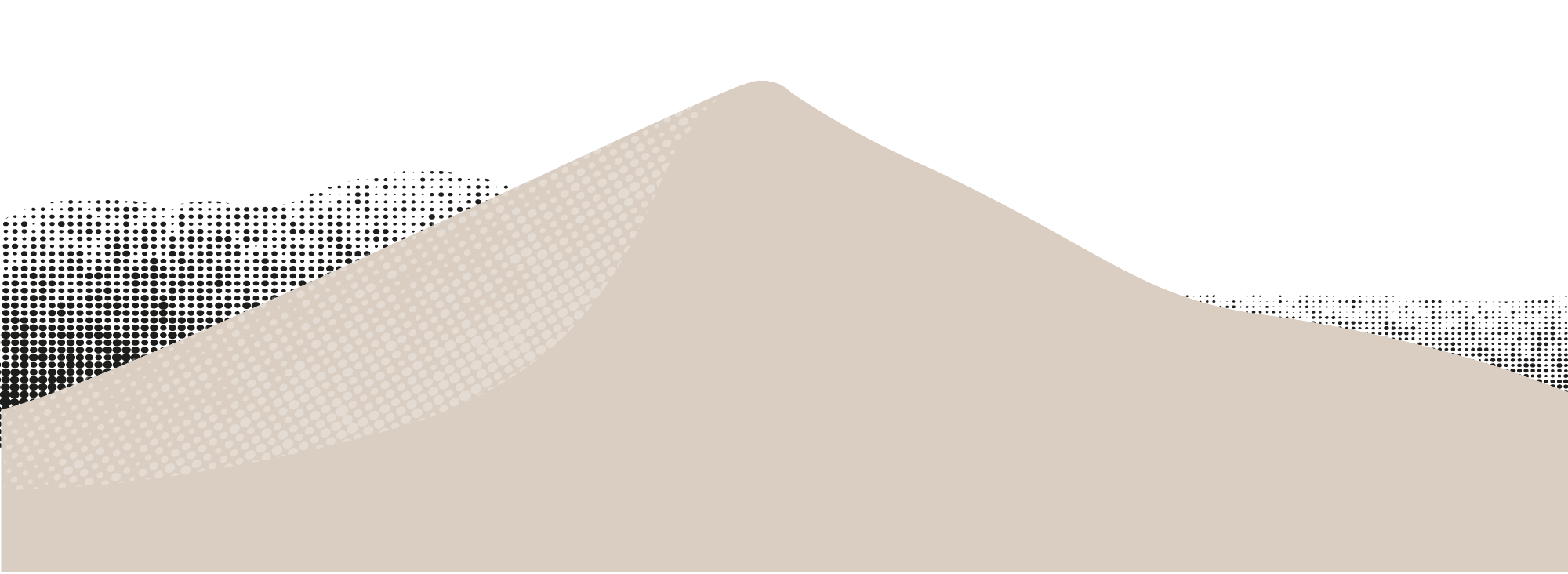Strange place that this sandy mountain, from where one dominates at the same time the sea and the forest. Both stretch out under a pure blue sky, in a silence that nothing disturbs. We have there an impression of desert and peace (Henri de Régnier)1
The highest European dune
Much more than a simple “pile of sand”, the Dune du Pilat captive and interrogates. But why is she fascinating? Is it because of its height? From its location, between forest and sea? Archaeological remains buried under its many grains of sand? Or simply because of the feeling of freedom that invades you once you reach the top?
A particularity of the Aquitaine coast
Arriving at the foot of the Pilat dune, you can feel very small. Before you accumulate 55 million m3 of sand, witnesses of 4000 years of history.
But where does all this sand come from? And why did it accumulate here and not elsewhere?
To understand the birth of the Dune of Pilat, we must be interested in sand displacement phenomenon. Underwater, the sand is transported by a sea current that comes from the north: the North South Drift. This current, combined with the swell, carries large amounts of sand along the coastline.
But in the Arcachon Basin, this phenomenon is disrupted. Corresponding to the only indentation on the Aquitaine coast, the Arcachon Basin empties and fills with each tide, allowing a volume of water of 200 to 450 million m3, which disturbs the North South Drift. Slowed down, it does not carry the sand any further. This accumulates in banks at the exit of the Basin.
The wind then pushes this sand, the quantity of which is greater here than elsewhere, giving rise to a dune higher than the others!
The dune of Pilat has thus benefited from significant contributions of sand over the past centuries. However, at present it is no longer fueled by these phenomena.

An uncontrollable movement
Belonging to the large group of coastal dunes of Aquitaine, present from Hossegor to Soulac on approximately 200 km of coast, the Dune du Pilat is always in motion. She continues to move inland.
But how does it move?
Carried by the wind, each grain of sand goes up the gentlest slope of the dune, and down the steepest slope. Finally, grain of sand, after grain of sand, the Dune du Pilat advanced, burying everything in its path.
Several attempts were made to stabilize it but all proved unsuccessful. Its progression towards the forest seems inevitable, particularly because of the scarcity of vegetation.
PILAT OR PYLA
You will see both spellings, or even sometimes weird mixtures of letters. All of this is linked to the proximity to the town of Pyla-sur-Mer, which creates confusion.
The exact spelling is from PILAT. Pilat comes from the Gascon and means heap or mound. But in 1920, a real estate developer, Daniel Meller, bought neighboring land with the idea of creating a seaside resort. And what does he decide to call the place? Pyla-sur-Mer, to make it exotic. There it was, it was a century of spelling mistakes ...
(1) Henri de Régnier (1864-1936) - Poet, novelist, essayist.









